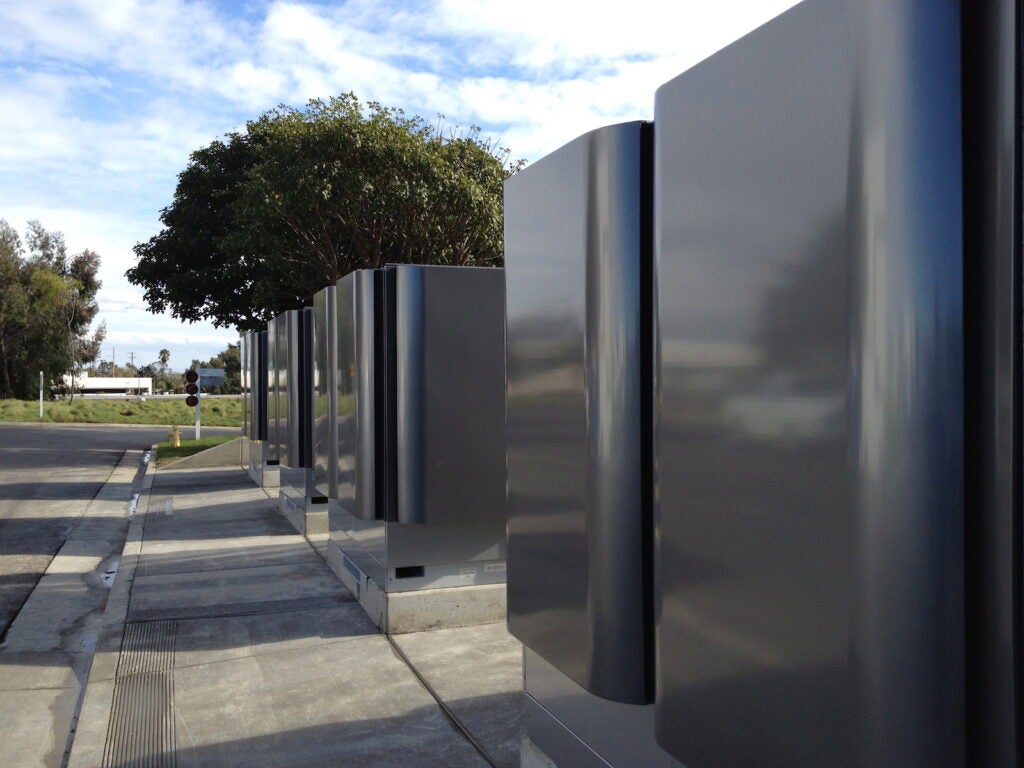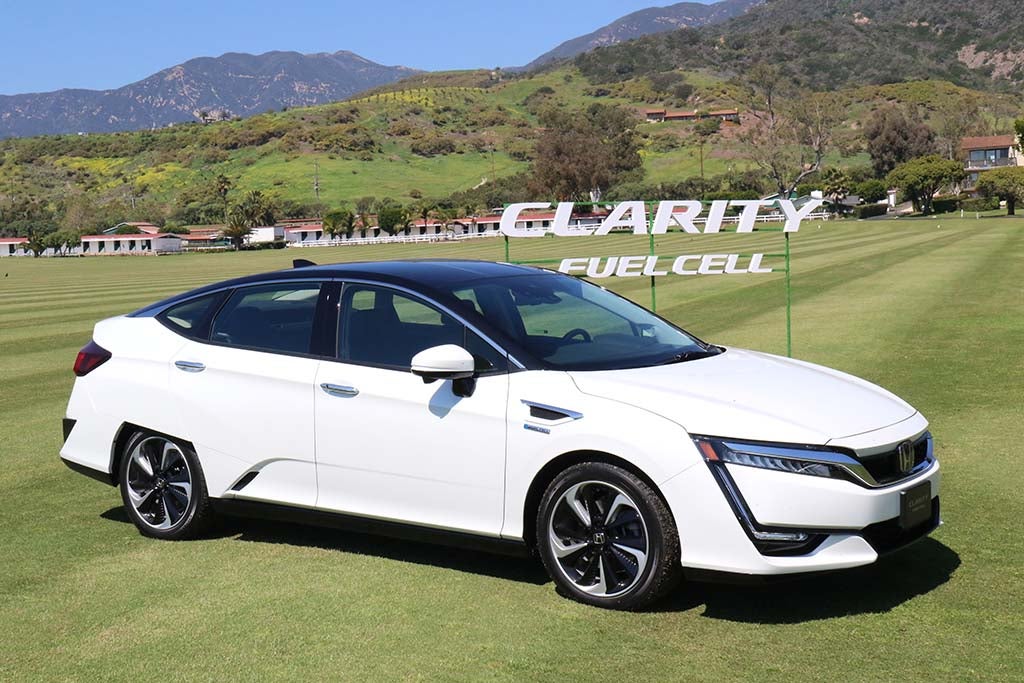Data centers are major energy hogs, requiring massive amounts of current to power their servers and other technology. But Honda’s headquarters operation is running a little cleaner as of today, the automaker switching to a zero-emissions system powered by hydrogen fuel cells.

Honda is one of the industry’s biggest proponents of hydrogen power, recently announcing plans to introduce its next-generation fuel-cell vehicle, a version of the popular CR-V crossover set to reach U.S. showrooms in 2024. But the automaker sees other applications for the technology, as the demonstration program at its Torrance, California campus demonstrates.
“We believe there’s great promise in hydrogen fuel cells for backup power and offsetting potential peak power events,” said Koji Moriyama, project lead of the stationary fuel cell project. “By installing and utilizing our core technology, the fuel cell system, in various applications such as stationary power generation, Honda aims to stimulate hydrogen usage and provide clean energy for potential commercial customers.”
Old is new again
First conceived in the 1850s, fuel cells combine hydrogen with oxygen from the air to produce a stream of current — with water vapor the only byproduct. That power can be used to run the electric motors in a vehicle, rather than relying on a battery. But it also can be used as a stationary source of energy, replacing conventional gasoline, diesel or natural gas generators.

The system in use for the Honda HQ project relies on powertrains reclaimed from old Honda fuel-cell vehicles, such as the Clarity FCV that ended its production run two years ago, the automaker explained.
If more power is needed, an additional four old fuel-cell “stacks” can be added, adding another 250 kilowatts.
Teaming up
While Honda has yet to lay out a formal timetable for commercializing its hydrogen generating system, it said in a statement that “Future stationary FC units intended for commercialization will utilize Honda’s next-generation FC system jointly developed with General Motors.”
That’s the same fuel-cell system that will be used in the hydrogen-powered Honda CR-V.
Fuel-cell technology only saw its first commercial application develop as part of the Apollo lunar program where fuel cells provided power for manned capsules headed to the moon.

Honda began working on hydrogen technology back in the 1980s, about the same time as GM. The two decided to team up in 2013, laying out plans to invest about $85 million to develop more advanced technology.
Cheaper, more efficient fuel-cell stacks
Last month, as it announced the upcoming CR-V fuel-cell vehicle, Honda gave a hint of how far the two automakers have come since then.
The latest-generation fuel-cell stack will come in at barely a third of the cost of the prior-generation technology, and is expected to be more efficient, more reliable. It also will able to operate at substantially lower temperatures, a key requirement for both automobiles and back-up power generators.
During a media webcast, Honda officials outlined some of their goals for the next-gen technology, including both automobiles and commercial and construction vehicles. It also pointed to the potential for stationary power generation.
The program in Torrance will help demonstrate the technology’s potential.

The competition
Like Honda, General Motors sees a number of opportunities for fuel-cell technology. It last year announced its own line of stationary and mobile power generators. It also is experimenting with applications such as replacing the conventional diesel systems used in modern locomotives. But, at least for now, GM has specifically ruled out using hydrogen for automobiles.
One of the challenges of using hydrogen is the lack of a production and distribution network, analysts point out. On the plus side, refueling can be accomplished substantially faster than recharging batteries.
Honda and GM aren’t the only one exploring opportunities to use the lightweight gas. Both Toyota and Hyundai are field-testing fleets of fuel cell-powered semi trucks. Both companies currently sell retail vehicles powered by hydrogen. Hyundai’s HTwo subsidiary is looking at a variety of other applications, including boats, rail and stationary power generation.
Startup Nikola plans to begin delivering hydrogen trucks of its own later this year.
- SEO Powered Content & PR Distribution. Get Amplified Today.
- Platoblockchain. Web3 Metaverse Intelligence. Knowledge Amplified. Access Here.
- Source: https://www.thedetroitbureau.com/2023/03/honda-powers-up-with-hydrogen/



